As the level of training has improved, many of you have learned to appreciate the benefits of various different shapes of barbell bars in your training, such as how much more comfortable a curved bar is than a straight bar when doing a dip head curl.
However, you must also have found some odd barbell bars that you want to try but have absolutely no idea how to go about it. Today we're going to take a look at those relatively common barbell bars and guide you through what to do with them.
Professional barbells come in a variety of shapes and sizes, and used wisely can add variety to a workout and complement larger weight training. In some cases, it can also allow you to push the limits and avoid injury.
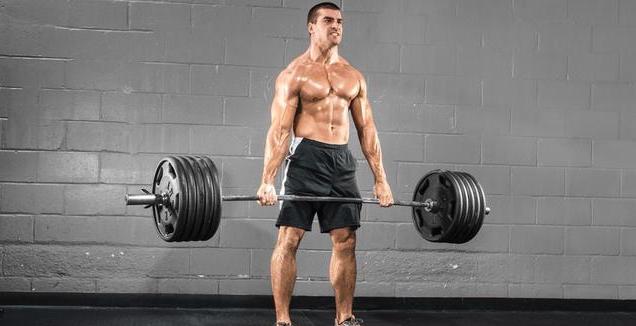
1. Standard barbells
For barbell training in a typical gym, this is the barbell you would have used. They are usually over two metres long and are quite stiff, although they can bend slightly at high weights. Their quality varies and so does the amount of weight they can carry.
Most barbells are made of hard steel, the quality of which determines the quality of a barbell. Some barbells can be bent and rebounded.
The part of the barbell known as the knurling creates more friction to help you hold the barbell tighter. The cheaper the barbell the less knurled it tends to be and the more friction it produces is not ideal. These barbells are best suited to traditional strength training exercises such as bench presses, squats, hard pulls, push presses, Romanian hard pulls or overhead rowing. Most standard barbells can hold up to 600 pounds and competition barbells can hold up to 1200 pounds.
Although you can use these barbells for a wide variety of exercises, there are a few small differences that will make some barbells superior to their counterparts for certain movements, such as thickness, knurling and flexibility. These few features are becoming increasingly important for larger weight movements such as the deep squat, hard pull and bench press.
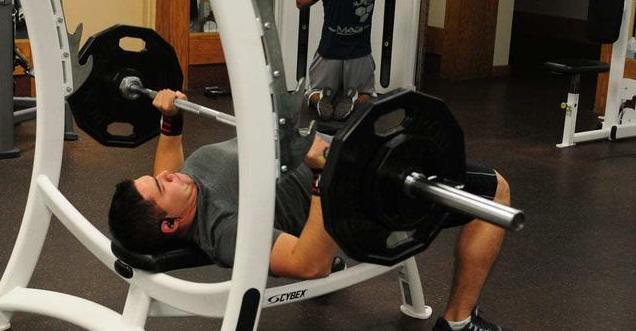
Deep squat barbell
This barbell will have a knurled centre to help create friction between the barbell and the back of the clothing, ensuring it does not slip around. A barbell without a knurled centre is not the best tool for deep squats. Deep squat barbells are generally thicker in diameter and less flexible.
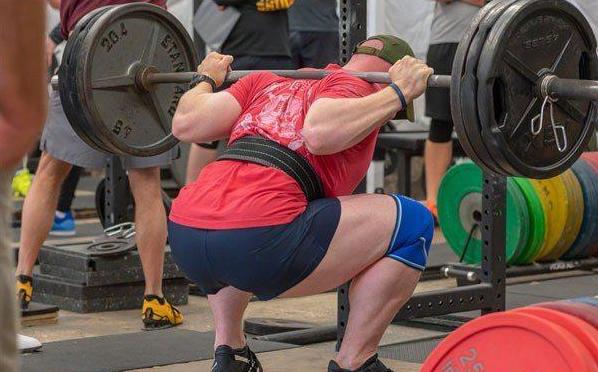
Hard pull barbell
This barbell is more flexible than the deep squat barbell. Therefore you can pull the middle part of the barbell up before you pull it up, so that the barbell gains a greater upward speed. Hard pulling barbells tend to be smaller in diameter so that you have a firmer grip.
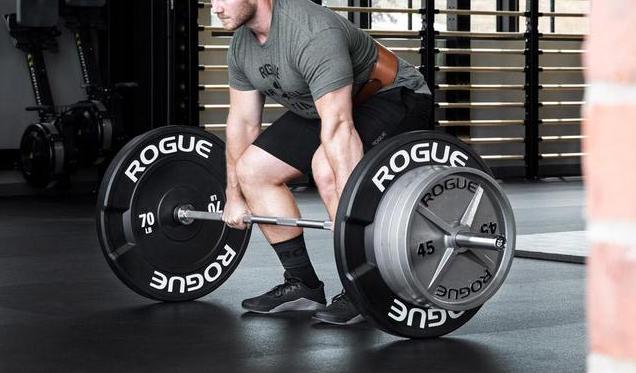
Bench press barbell
This barbell has almost no elasticity, which prevents the barbell from bending and makes for a more stable bench press. The bench press barbell also has a larger diameter so that it sits better in your hands. The barbell generally weighs 45 lbs (but some thicker ones can weigh up to 55 lbs).
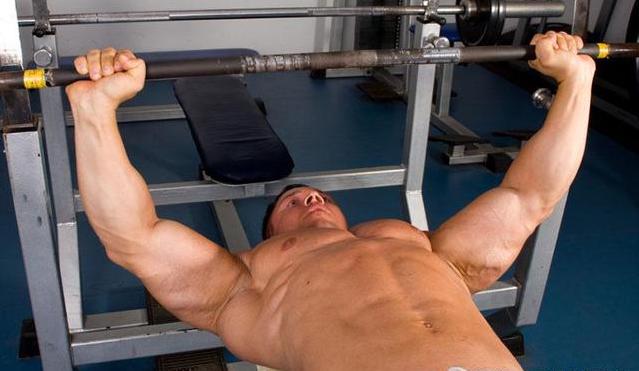
2. Powerlifting barbell
These barbells are designed for Olympic weightlifting events to improve performance and reduce injuries. They look like regular barbells but are designed slightly differently due to the characteristics of the different sports.
They are made of special steel which gives them better elasticity than a normal standard barbell, which makes them easier to hold. They are easier to rotate because of the precision bearings at the ends, which help prevent wrist and arm injuries. The knurling on these barbells is not as deep as on hard pulling barbells and many power barbells do not have a central knurling at all as the barbell is actually in front of your neck during high rolls and front squats. The barbell typically weighs 45 lbs.
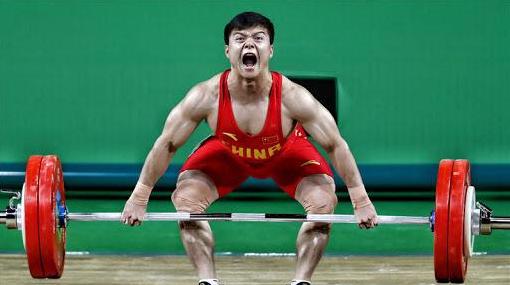
3. Hexagonal Barbell
The hexagonal barbell is named after its shape and as the name suggests, this barbell is trapezoidal or hexagonal in shape and you can put yourself in the middle of the barbell's centre of gravity for hard pulling exercises. We highly recommend using the hexagonal barbell for hard pulls for athletes and enthusiasts as it is a little more joint friendly than traditional hard pulls. Due to the position of the handles, it is easier to get into a hard pulling position with a hexagonal barbell when performing larger weights. The average barbell weighs 45 lbs.
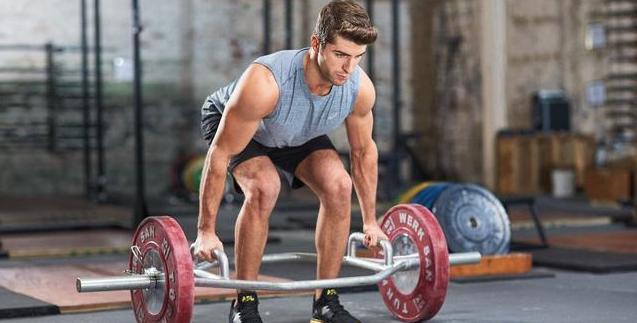
4. Safety Squat Barbell
The safety squat barbell is a special barbell that usually has two "arms" extending from the barbell and is covered with a pad where it touches the neck, which makes the neck and shoulders more comfortable and allows you to hold the barbell while performing the movement.
If you feel a lack of shoulder flexibility or pain when doing traditional squats, this is a great tool as it is more shoulder friendly and you can grab the two handles that extend forward. This barbell will also change the mechanical pattern of the squat, as you will be forced to use the hamstrings, gluteal muscles and back muscles more than in a traditional squat. These features make it an excellent choice for developing hard pulls as well as deep squats. The barbell typically weighs 60-65 lbs.
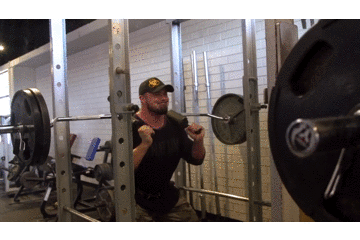
5. Arch barbell
An arched or "bowed" barbell is another option for training the squat, which challenges the gluteal muscles, similar to a safety squat barbell. This barbell is also challenging for stability as it will swing and force the core to tighten up during the squat. Due to the difficulty of this movement, the threshold for using this barbell is also high and it is not recommended for beginners to try it with a barbell weighing 45 lbs.
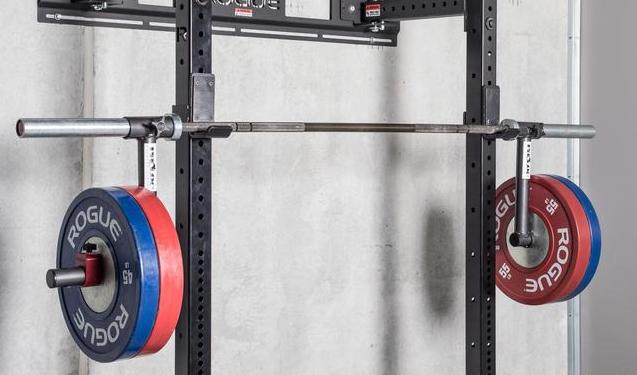
6. Swiss Barbell
Swiss barbells are usually used for traditional upper body exercises such as push-ups, rowing, or opposite grip arm curls. The opposite grip is friendlier to the shoulders when doing these movements and is worth a try for anyone with shoulder problems, with a barbell weight of 35lbs.
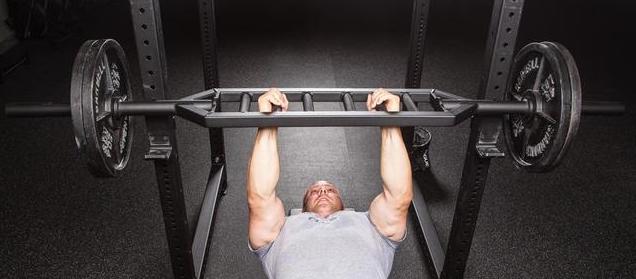
7. Curved bar (aka EZ bar)
The curl bar is designed to allow you to do biceps more comfortably as the wrists can be internally rotated, and it is also good for working the triceps. These barbells are usually shorter, can often be found near the preacher's bench with a curved bar and generally weigh 15lbs.
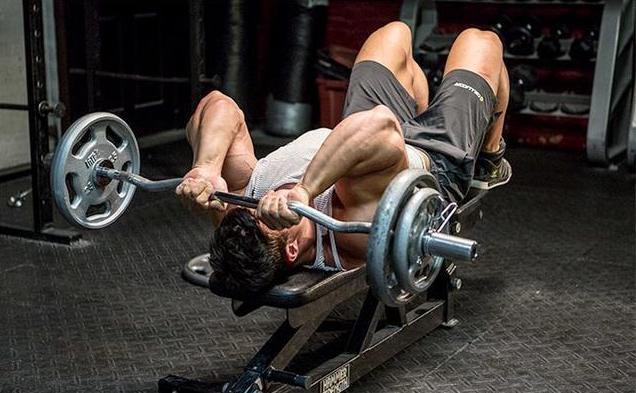
The type of barbell you choose will depend on your training goals, experience and your own body type. Different barbells can add a fresh element to your training regimen, help you get through some plateaus and add new stimuli to your routine.
Of course, the 7 types of barbell bars we have described are not the only ones that exist in reality. In addition to the 7 types of barbell bars described above, there are also more niche types such as Russian barbells and log barbells.
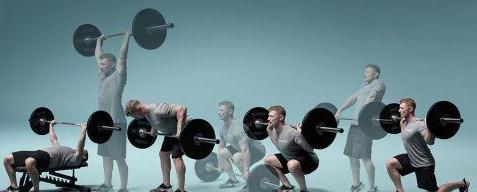
Popular Articles
-
Fitness Equipment | How to choose a suitable for their own yoga mat?

-

Photos
The world's most beautiful big cities at nightJul 01, 2025
-
 These pieces of home goodies, home essential artifacts, has been using a straight cool, home happiness burst
These pieces of home goodies, home essential artifacts, has been using a straight cool, home happiness burstJul 01, 2025
-
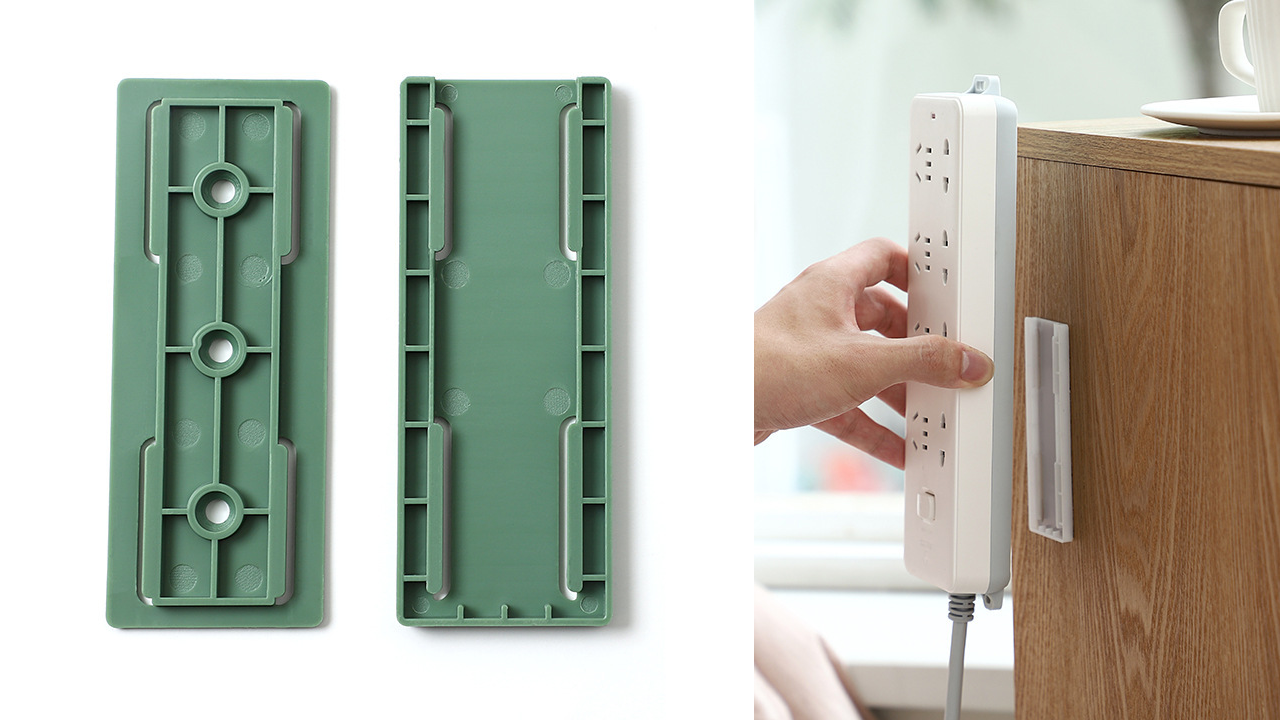
Photos
Keep your power sockets and air conditioner remote control well storedJul 01, 2025
-
 The world's most dinosaur-like lizards: Armadillo ring-tailed lizards
The world's most dinosaur-like lizards: Armadillo ring-tailed lizardsJul 01, 2025
-
 These are the top 4 causes of sunken nails to watch out for!
These are the top 4 causes of sunken nails to watch out for!Jul 01, 2025







Comments
0